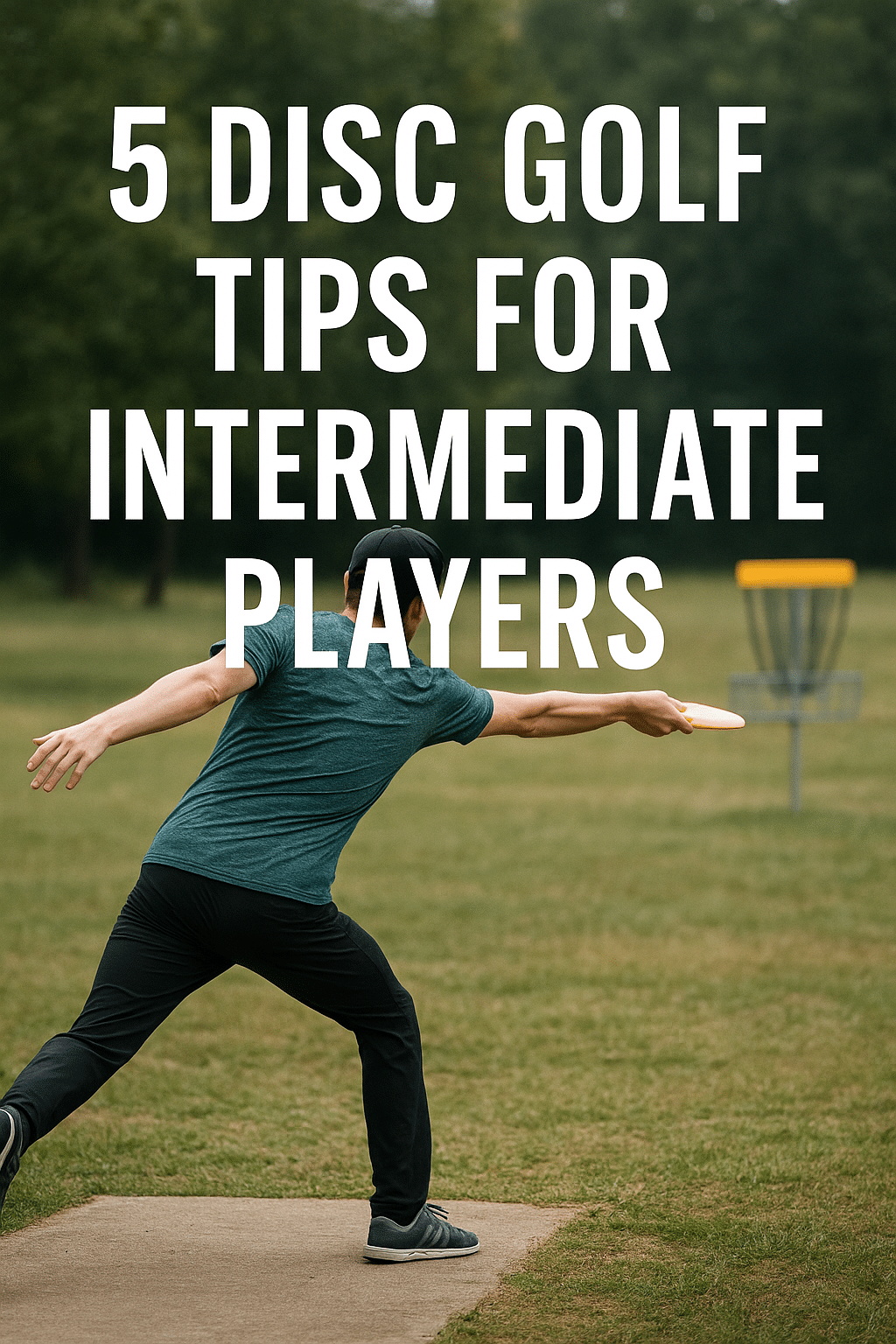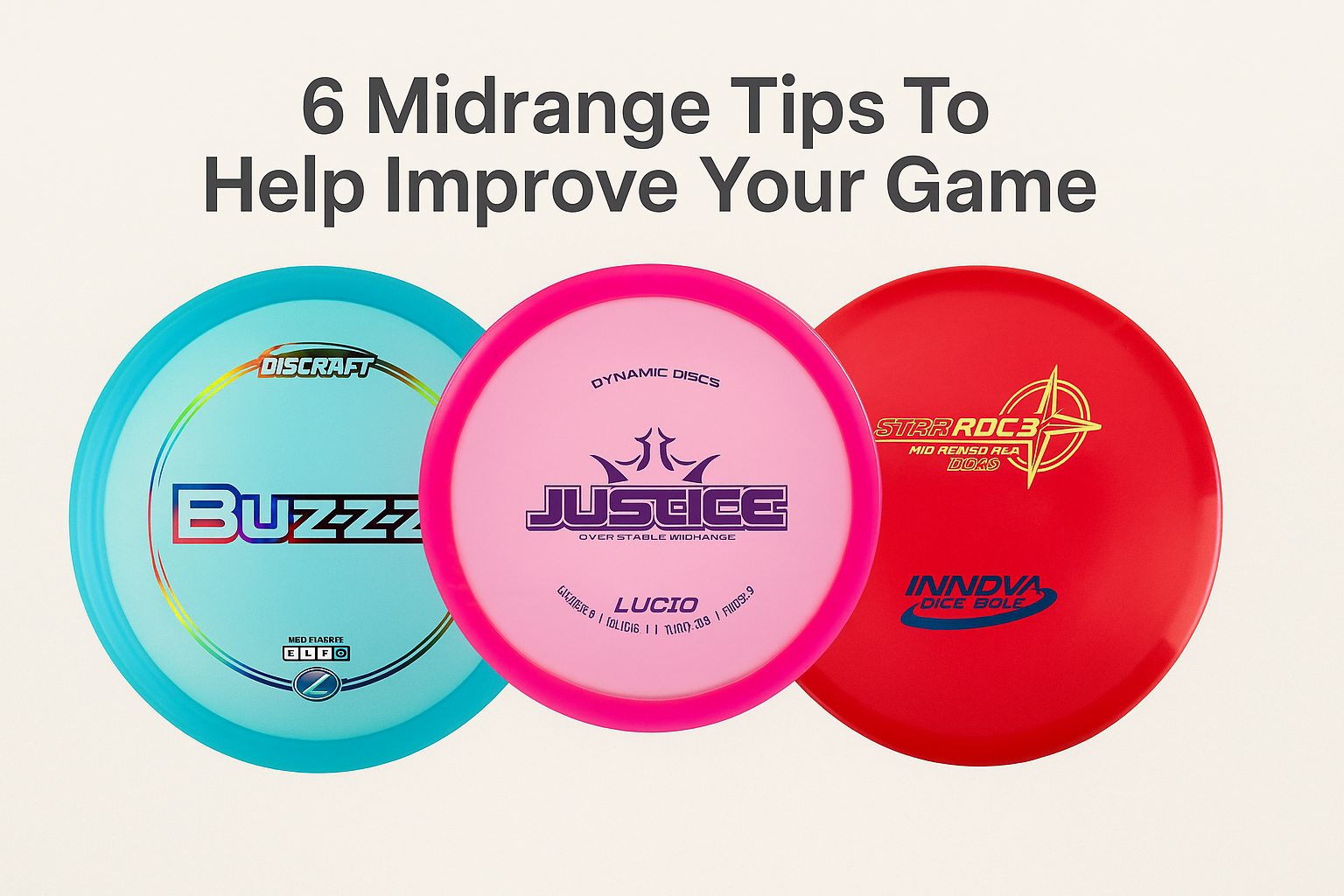
As the days get shorter and temperatures drop, it might feel tempting to hang up discs until spring. But take it from me — skipping the season means losing ground on your progress. Stick with the game through winter, and when warm days return, you’ll be sharper than the players who rested.
1. Choose Cold-Weather Friendly Plastics
Plastic becomes stiffer and less forgiving in the cold. Cracks and chips are more likely, especially when you hit trees or hard surfaces. A good countermeasure is using discs made of softer, grippy plastics.
- GStar from Innova is a solid winter choice — it retains flex and grip in low temps.
- If you don’t want to re-plastic your entire bag, use a softer premium version of your go-to molds for winter rounds.
- For budget backups, DX or similar base plastics may suffice. They won’t hold up as long, but replacement cost is lower.
2. Expect Flight Changes and Adjust
Cold air and stiff plastics mean your discs will fly differently. Two changes to anticipate:
- Discs tend to behave more overstable.
- They lose distance — even strong throws won’t travel as far as normal.
To compensate, I often carry extra understable discs or ones with extra glide. That gives me options when my usual stable discs don’t finish right.
Before you change discs mid-round, throw a few test shots to feel the shift.
3. Dress Smart — Layer & Waterproof

Cold, damp rounds demand gear that keeps you warm, dry, and mobile. Here’s my approach:
- Layer your clothing so you can shed or add layers as needed.
- Use waterproof or water-resistant outer layers (jacket, pants).
- Invest in thermal gloves or liners, especially for your non-throwing hand.
- Wear waterproof shoes and good socks. Bring a spare pair just in case yours get soaked.
Also consider a waterproof spray for shoes to add protection.
(If you want glove ideas or waterproof disc golf gear, I can send you some recommendations.)
4. Stay Sharp with an Indoor Putting League
When it’s too cold to play outside, an indoor putting league keeps you consistent and motivated. Here’s how to make it work:
- Reach out to your local disc golf club — they may already run one.
- If none exists, consider starting your own with a few friends or club members.
- Use the time to hone your putting form, as putting is one of the highest ROI skills. (See our putting tips article.)
Some brands also support winter putting programs — check out what your local shop or club offers.
5. Be Realistic — Adjust Your Expectations
Playing your absolute best in winter is tough. Cold, layers, slippery footing, and shorter throws all stack the odds against you. That’s okay. Use the season for practice and fun, not pressure.
When spring arrives and tournaments resume, you’ll be ahead of players who took the season off.
6. Keep Your Throwing Hand Warm
Your throwing hand needs to stay functional, which means warmth is key. Here’s what I do:
- Use glove liners or fingerless gloves for your dominant hand.
- Keep that hand tucked into a pocket between throws.
- Hand warmers (e.g. disposable heat pads) are simple and effective in your glove or pocket.
7. Prevent Losing Discs in Snow
Winter rounds increase the risk of losing discs — white and pale colors vanish against snow. Here’s how to reduce losses:
- Choose bright, contrasting disc colors.
- Avoid throwing your favorite white or pale disc in snowy stretches.
- Use a ribbon or tag technique: tie a small, visible ribbon or streamer onto a disc to make it easier to spot.
Here’s a quick video demonstration on ribbon use: Ribbon technique video.
8. Cross-Train & Strengthen Off-Season
If you decide to skip outdoor rounds occasionally, don’t let your body idle. Use the time to:
- Hit the gym — build core strength, shoulder stability, balance.
- Try another sport (basketball, racquetball, etc.) to work different muscles.
- Do cardio work — running, cycling, rowing — to maintain endurance.
- Listen to disc golf podcasts, study technique, plan your spring goals.
Winter doesn’t have to be a layoff. It can be a strategic season to refine your form, build strength, and stay sharp.
Stay warm, stay throwing, and I’ll see you on the course.









